Recently Vancouver’s ruling party, Vision Vancouver, appears to be working at cross purposes with itself. On one hand, it is pursuing the most aggressively pro-development, pro-demolition agenda in the city’s history, far more expansive and ambitious than Gordon Campbell’s NPA-sponsored development orgy of the late ‘80s and early ‘90s. On the other, it has undertaken one of the most enterprising and comprehensive public consultation processes the city has ever seen around issues of governance, planning and development. Local area planning and citizen engagement processes seem to be a genuine priority for Gregor Robertson and his council majority. Meanwhile, neighbourhood activists throughout the city with concerns about densification, demolition, renoviction and gentrification are being actively courted as stakeholders in creating official local area plans.
Moves toward accelerated development would seem to contradict the active involvement of opponents in official long-term neighbourhood plans, consultations, planning commissions and the like. The contradiction is less sharp than we might think when we begin to recognize how and why Third Way governments use public consultation processes.
Third Way-ism is a fairly young political tradition. Developed by Britain’s “New” Labour Prime Minister Tony Blair in the 1990s, it became the label under which previously social democratic parties could enact conservative or neoliberal policies. In a post-Cold War era, where the incentive for corporate capital to tolerate the existence of welfare states had suddenly disappeared, Third Way-ism was nothing short of essential to the survival of First World social democratic parties, as well as that of centrist brokerage parties like the US Democrats and Canadian Liberals.
For the forces of transnational capital to tolerate the continued viability of these parties, they did not merely need to hew closely to conservative ideology and governance practices on key issues; they needed to show they had real utility for conservative business elites. It was not enough to simply be less enthusiastic corporate toadies — they needed to produce a net benefit. Almost every Third Way party that has remained politically relevant since 1991 can demonstrate that it has implemented some part of the program of deregulation, privatization and upward distribution of income more effectively than a competing conservative party would have.
From 1991 to 1996, British Columbia was ruled by an explicitly Third Way government, that of premier Mike Harcourt. Harcourt was a key early leader in developing the emerging movement’s ideology and rhetoric. Elected on an explicit promise to business leaders that his government would offer “business as usual,” he out-performed this promise significantly, enacting an significant set of conservative reforms in the second half of his term.
In the fall of 1993, Harcourt delivered a major televised province-wide address, presented as a course-correction from what conservative media had portrayed as his government’s left-wing sympathies. The centerpiece of this address was a vow to crack down on BC’s “welfare cheats, deadbeats and varmints,” a threat on which his government made good through a poor-bashing legislative agenda so punitive and draconian that significant portions of it were struck down by the Supreme Court of Canada.
The Harcourt course correction was, in many ways, more durable and effective when it came to environmental policy precisely because it lacked the public bellicosity of his government’s welfare policies. Beginning in 1991, the Harcourt government had begun steadily increasing the number and scope of land use consultation processes in the province. Land Resource Use Plan (LRUP) roundtables overlapped with Land Resource Management Plan (LRMP) roundtables which, in turn, overlapped with Commission on Resources and Environment (CORE) roundtables, among many other Harcourt-era acronyms. After the disaster of Clayoquot Sound, when I and 803 other British Columbians were arrested trying to protect old growth forests, there was an even greater abundance of opportunity to sit on government roundtables on environmental policy. It seemed that for every new, committed activist on environmental issues, there was a seat at a table somewhere to participate as a “stakeholder” in land use planning.
These stakeholder panels, where environmentalists engaged in interminable debates with full-time salaried employees from the logging and mining sectors, were not a reward or concession by the government. They were a demobilization campaign. First, they absorbed as many volunteer hours as the movement could throw at them. Time and money that would otherwise be invested in public campaigning, lawsuits, civil disobedience, rallies, running in elections and other forms of witnessing and organizing was systematically diverted into an endless series of meetings. The conclusions of these meetings, then, were conferred additional legitimacy; they had the stamp of approval of the environmental groups that participated, even though most of their conclusions were either pre-determined by Harcourt’s cabinet or subsequently modified by it.
Most perniciously, logging of the most hotly-contested areas continued while these panels met about the fate of those forests. More clear-headed environmental leaders saw the government’s tactics for what they were and called the strategy “talk and log,” because Harcourt’s hope was that by the time you finished talking about a place, it would already have been logged. It turns out that the best way to stop citizens from mobilizing to stop something bad in their community is to absorb them in labour-intensive yet toothless public consultation processes. That insight and their continued ability to sucker otherwise clear-headed activists into these processes keeps parties like the 1990s NDP and present-day Vision Vancouver relevant — they deliver something valuable to corporate elites more effectively than any conservative party could: a demobilized citizenry.
In order for Vision’s “talk and demolish” or “talk and evict” scheme to work, it is crucial for the city government to increase people’s enthusiasm for and involvement in local area planning processes. Without housing and neighbourhood activists absorbed in consultation, we might see the kind of audacious activism that characterized resistance to Vancouver’s late ‘90s demolition bonanza, when seniors in my neighbourhood, like Betty Tangye, broke into construction sites and sabotaged equipment. To keep the next generation of Tangyes from joining groups like the Vancouver Renters’ Union, the city needs to provide an infinite supply of stackable, padded metal chairs, finger sandwiches, coffee, felt markers, flip charts and trained facilitators of small break-out groups, along with a reasonably convincing narrative for participating. Otherwise, the mass renoviction of tens of thousands of low- and middle-income Vancouverites might not proceed so smoothly.
While not just the term, but the concept of “talk and log” has tragically faded from the activist left’s political lexicon, I would be stunned if the Vision members of council had the same degree of amnesia. Of the two smartest, most talented members of council, one was a key operative in the governments that honed talk and log as a strategy in the 1990s; the other was one of its sharpest critics. They understand exactly what they are doing.
Vision Vancouver has received the enthusiastic financial support of the city’s developers not simply because the party’s policies are acceptable to them, but because a Vision government can deliver better than any conservative regime when it comes to demobilizing and effectively silencing those who might stand in the way of their systematic destruction of an affordable, mixed-income city. All this consultation, all this planning is not a concession to progressives; it is a method of greasing the wheels for development.
Of course, once those wheels are fully greased, Vision councilors, with their trade union and environmental movement ties, will find that they, like the community activists they have hornswoggled into their non-binding consultation processes, have become dispensable. For just as our current civic government plays to the worst impulses in community activists, vanity, self-importance, desire for attention and belief that they know better than others, they themselves are being hoodwinked in exactly the same way by the real masters of the city into doing dirty work that nobody else is qualified to do.
Stuart Parker is a postdoctoral fellow with the Social Sciences and Humanities Research Council of Canada and is currently a lecturer for the Simon Fraser University History Department. In the 1990s, he served as leader of the Green Party of BC. In 1996, he was the spokesperson for the proportional representation ballot option in Vancouver’s municipal voting reform referendum, which won 36% of the popular vote; in the same campaign, he won 23% of the popular vote as a Parks Board candidate. He has remained active on issues of municipal democracy in the ensuing years and serves as a member of the Wards Committee of COPE as well as the boards of Fair Voting BC and the Vancouver chapter of Fair Vote Canada.



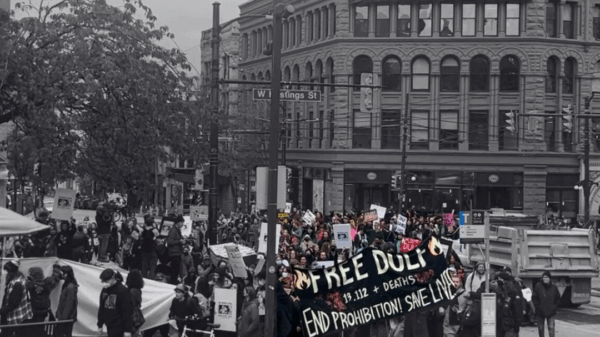
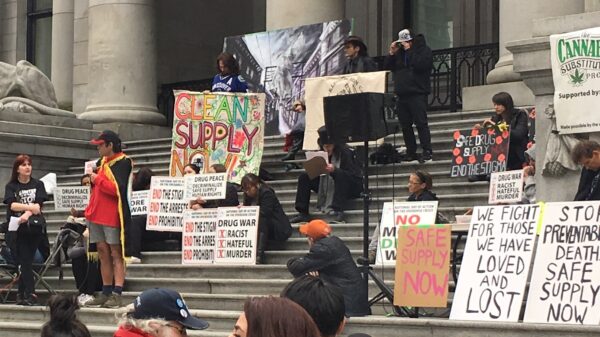

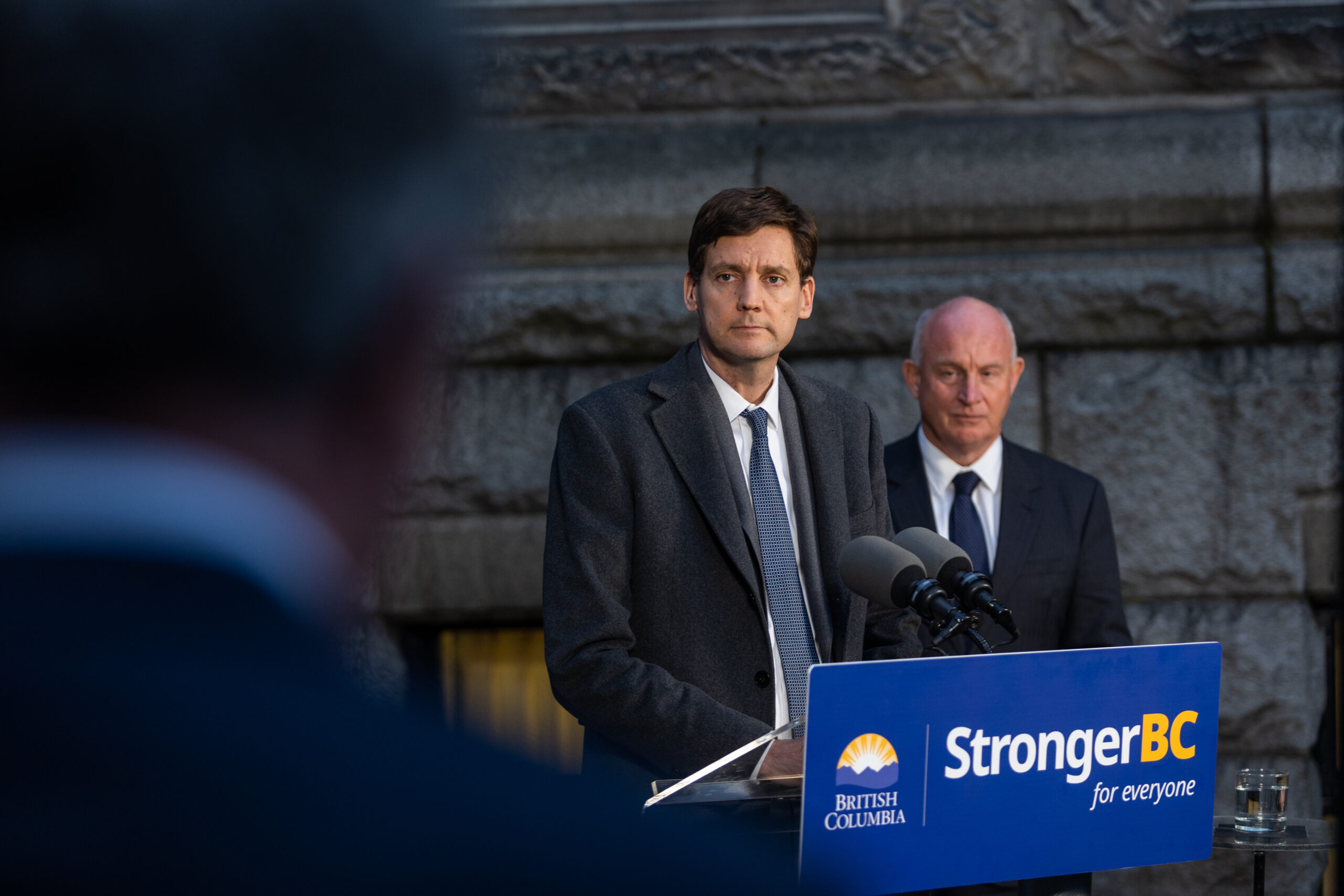


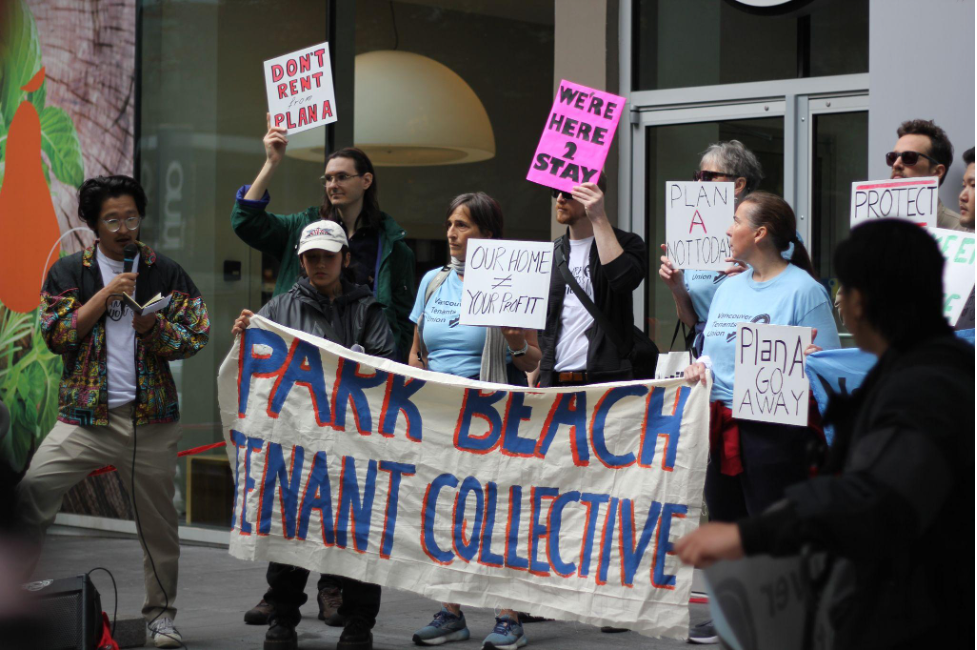



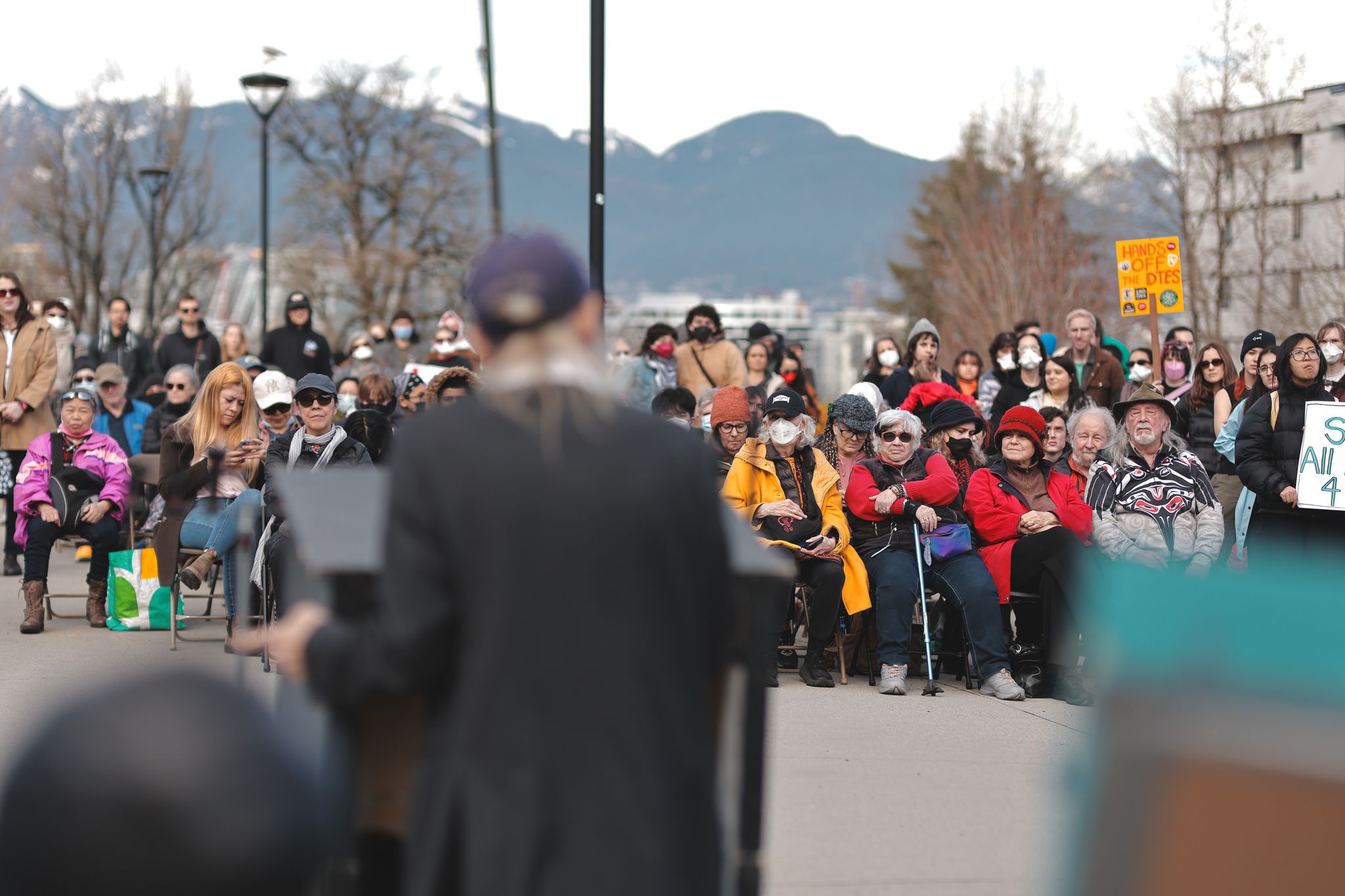


Jonathan Baker
November 5, 2012 at 12:15 pm
A brilliant analysis. You are dead on.
jakking
November 5, 2012 at 1:56 pm
That is exactly what is happening right now in the Grandview Woodland Community Plan. Excellent piece. Thanks
Tom Durrie
November 5, 2012 at 5:22 pm
A depressing and accurate assessment of civic politics and so-called citizen engagement. Having been to several “consultation” workshops, I know exactly what you mean. Thank you for laying it out so clearly. If citizens care at all, this is what we are up against: locally, provincially, and federally.
Tom
rebaumann
November 5, 2012 at 11:08 pm
This is invasive and inspiring work.
Anita Romaniuk
November 6, 2012 at 12:19 am
Right on, Stuart. Excellent article!
Catherine Kerr
November 6, 2012 at 9:58 pm
Class analyses like these are always worth attempting — we all need to follow the money trail — but a responsible writer wouldn’t go over the top with ad hominem statements that call his logic into question. Such is the idea that Mike Harcourt wanted Clayoquot logged. How preposterous! Stuart Parker would have to know that the right to log is granted by a timber license, that rules apply to the cancellation or revocation of a license, and that a provincial government runs the risk of beggaring its taxpayers if it incurs lawsuits by infringing on those rights. Or is Mr. Parker suggesting that a premier is above the rule of law?
Anita Romaniuk
November 7, 2012 at 2:36 am
Stuart didn’t say that Mike Harcourt wanted Clayoquot logged, Catherine. He said it was a “disaster”. Politically, it was. In the middle of a federal election, Harcourt and his advisors took it into their heads to fly to Clayoquot and announce that they had struck a compromise between those who wanted to log Clayoquot and those who wanted it protected. The latter group viewed this as nothing of the sort. They felt it was a one-sided deal that favoured the loggers. The whole thing blew up; John Mate, the federal NDP candidate in Vancouver South, resigned in the middle of the campaign over it. The NDP lost seats federally in BC because of it – just because it was a press conference by a provincial NDP premier didn’t prevent the fiasco from damaging the federal NDP. Heck, even COPE, the left-of-centre civic electoral organization, suffered for it in the municipal election that followed on the heels of the federal election. I was a Park Board candidate and did my share of door-knocking and had people telling me they wouldn’t vote COPE because they were backed by the NDP (the Civic New Democrats and COPE had formed a coalition prior to the election). In the case of the COPE Park Board candidates, one of us – Donna Morgan – was one of the 800+ arrested. She was elected, along with incumbent Tim Louis – the only two COPE Parks candidates elected! Ahem! There were signs all over Vancouver on people’s lawns decrying the Clayoquot decision. It went viral, to use today’s terminology. It is simplistic to say that there was a right to log because of a license. There were behind-the-scenes negotiations. Harcourt would not have made his announcement if there weren’t. The provincial government had (and has) powers to pass environmental legislation that could have protected at least some of the forest by placing limitations on clearcutting (they did limit it, but the reduction still allowed a fairly large swath), fish and wildlife protection, and water runoff. There were also aboriginal legacy markings on some of the trees and certainly 1st Nations history in part of the forest. There was a lot they could have done, but they didn’t. Because they called it wrong. Political backfire.
Joseph Jones
November 7, 2012 at 11:24 am
The top secret Sult Action Plan continues to be implemented by the City of Vancouver.
http://wedontbackthejuiceman.tumblr.com/post/12629678278/sult-action-plan-a-secret-new-city-of-vancouver
Rider Cooey
November 12, 2012 at 11:07 am
Jones, Romaniuk, and Parker: wonderful contributions to the growing rejection of the consult insult.
cantdocas
November 25, 2012 at 12:26 am
I was born and raised in Vancouver, lived here for most of my life. I am not in the development business, but mostly believe in the societal merits of rah-rah (balanced) development. Unfortunately, this does seem to line the pockets of the select few. I have met and worked with many of the local “community activists”, who only serve to oftentimes discredit themselves by opposing any and all development, which relegates themselves to being regarded as shrills and non-realists. However, having said that, I would tend to agree with Stuart’s analysis,that engaging in “the process” is a way of emasculating resistance. He’s calling it as he sees it, and i believe that he is correct.